Fixed: The capacitor was defective. It works well with a different one.
I’m new to electronics and need your help.
I built a circuit similar to this one (see comment for the exact components):
I expect the LED to remain on for a short time when I release the button, my capacitor discharging and providing current to the base, keeping the transistor open.
It does not. What am I doing wrong?
Adding some pictures of my actual circuit:
